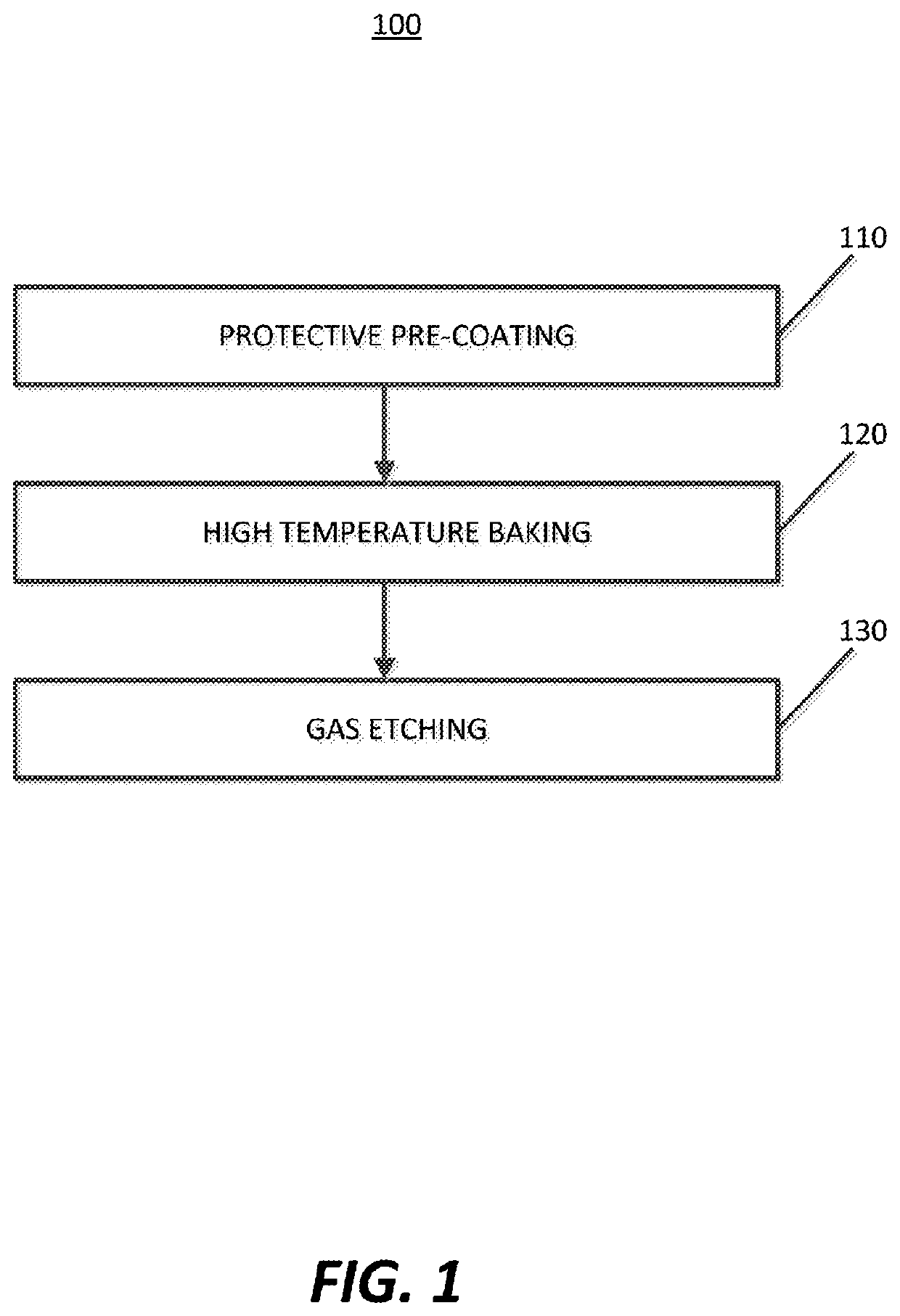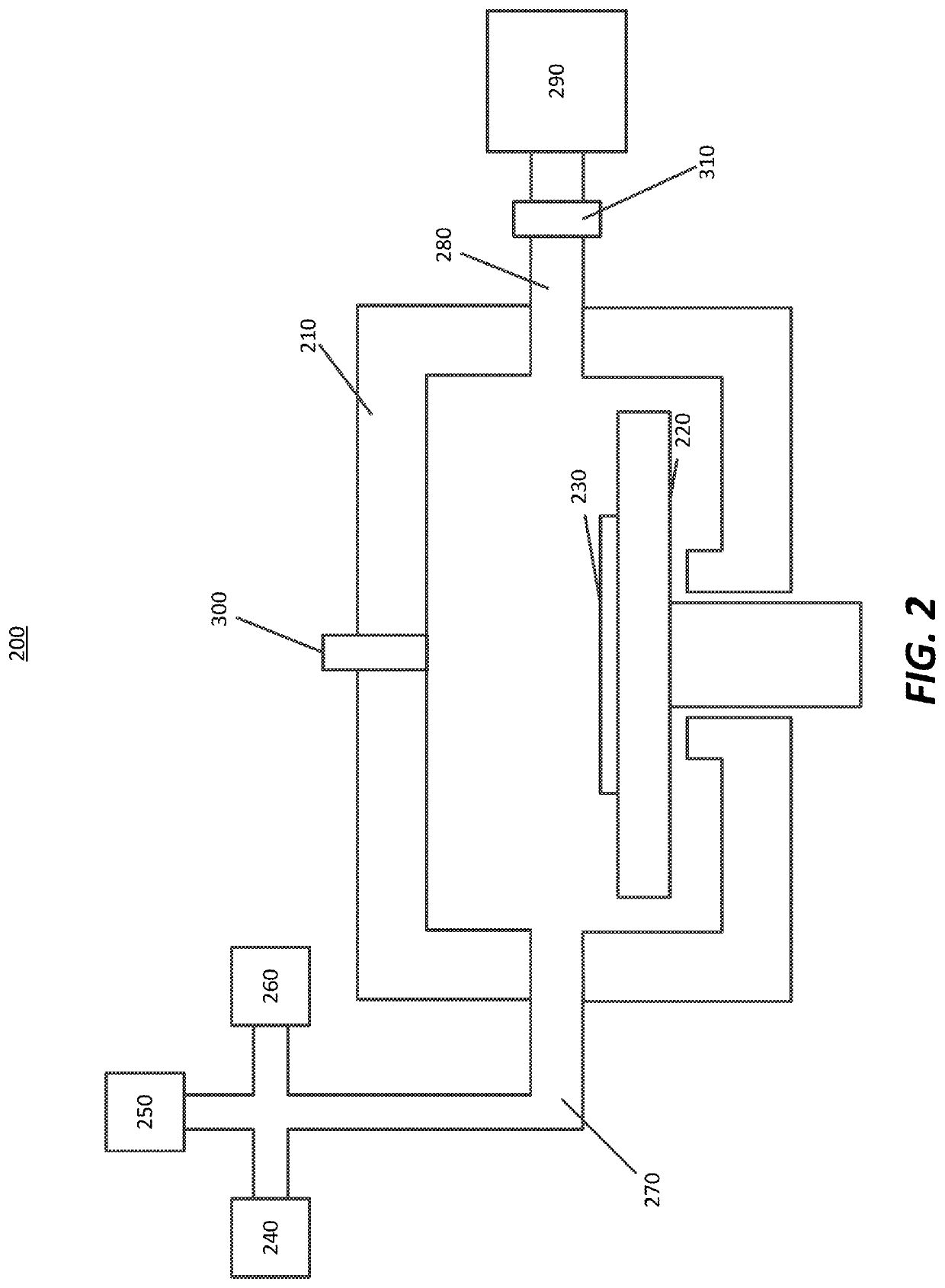Method for cleaning quartz epitaxial chambers
a technology of epitaxial chamber and quartz, which is applied in the preparation of detergent mixture composition, chemically reactive gas, crystal growth process, etc., can solve the problems of film defects, process drift and/or film uniformity loss, and residuals affecting the formation of epitaxial films
- Summary
- Abstract
- Description
- Claims
- Application Information
AI Technical Summary
Benefits of technology
Problems solved by technology
Method used
Image
Examples
Embodiment Construction
[0015]Although certain embodiments and examples are disclosed below, it will be understood by those in the art that the invention extends beyond the specifically disclosed embodiments and / or uses of the invention and obvious modifications and equivalents thereof. Thus, it is intended that the scope of the invention disclosed should not be limited by the particular disclosed embodiments described below.
[0016]Processes for forming NMOS devices may form films such as group 5 layers or a combination thereof. To accomplish this, the processes may use chemical precursors such as arsine or phosphine, or any halogenated or alkyl-substituted variant thereof. The residue may comprise arsenic, phosphorous, arsenic compounds (AsXn), phosphorous compounds (PXn), arsenic trichloride, arsenic dichloromonohydride, or phosphorous chloride, for example. For residues involving chemicals like arsenic, for example, the residue can cause serious health problems to equipment engineers during tool maintena...
PUM
| Property | Measurement | Unit |
|---|---|---|
| temperature | aaaaa | aaaaa |
| pressure | aaaaa | aaaaa |
| pressure | aaaaa | aaaaa |
Abstract
Description
Claims
Application Information
 Login to View More
Login to View More - R&D
- Intellectual Property
- Life Sciences
- Materials
- Tech Scout
- Unparalleled Data Quality
- Higher Quality Content
- 60% Fewer Hallucinations
Browse by: Latest US Patents, China's latest patents, Technical Efficacy Thesaurus, Application Domain, Technology Topic, Popular Technical Reports.
© 2025 PatSnap. All rights reserved.Legal|Privacy policy|Modern Slavery Act Transparency Statement|Sitemap|About US| Contact US: help@patsnap.com


